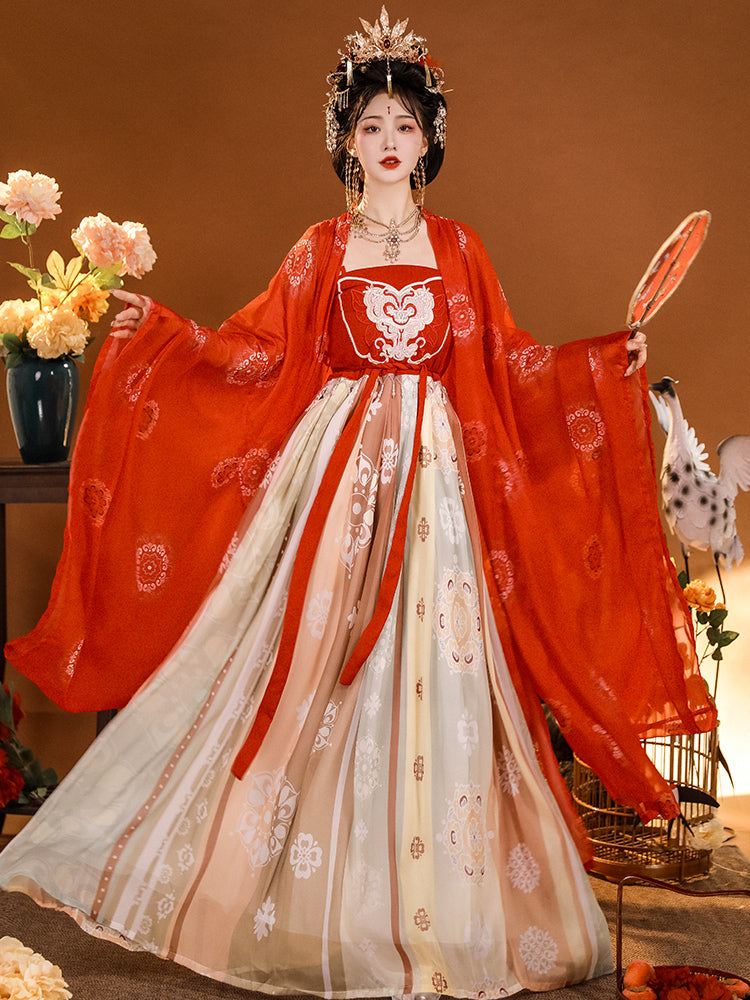
The Living Art: Discovering China's Hanfu Beyond the Silk
The Beauty and Heritage of Hanfu
Introduction
Hanfu, the traditional clothing of the Han ethnic group in China, is not merely a form of attire but a profound cultural symbol that has witnessed the long - standing history and rich heritage of the Chinese nation.
History of Hanfu
The origin of Hanfu can be traced back to the legendary Yellow Emperor era around 4,000 years ago. During different dynasties, Hanfu evolved in style, fabric, and design. For example, in the Qin and Han dynasties, the clothing was relatively simple and practical. The men often wore deep - robe gowns with a belt around the waist, while women's dresses had a long and flowing silhouette. In the Tang Dynasty, which was a period of great prosperity and cultural exchange, Hanfu became more flamboyant and open - minded. Women's clothing, such as the Ruqun (a top and skirt combination), was characterized by low - cut necklines and wide - sleeved blouses, showing the free and inclusive social atmosphere.
Features of Hanfu
- Unique Design: Hanfu features a cross - collar, right - lapel design, which is a significant symbol of traditional Chinese aesthetics. The overlapping collar represents the concept of yin and yang in Chinese philosophy.
- Rich Patterns: Patterns on Hanfu are diverse and carry profound meanings. Cloud patterns symbolize auspiciousness and good fortune, while dragon and phoenix patterns are often used in imperial and noble clothing, representing power and dignity.
- Quality Fabrics: High - quality fabrics like silk, cotton, and brocade are commonly used in Hanfu. Silk, in particular, not only gives a smooth and soft touch but also reflects the advanced textile technology in ancient China.
Cultural Significance
Hanfu is deeply rooted in Chinese culture. It reflects the values, social hierarchies, and aesthetic concepts of different historical periods. Wearing Hanfu is also a way for people to express their respect and inheritance of traditional Chinese culture. In modern society, Hanfu has made a comeback, with more and more young people wearing it during festivals, cultural events, or even in daily life. This resurgence not only showcases the charm of traditional culture but also promotes cultural exchanges and understanding both at home and abroad.
Conclusion
Hanfu is a precious cultural heritage of China. Its long history, unique design, and profound cultural connotations make it an important part of the global cultural treasure trove. As we continue to explore and appreciate Hanfu, we are also on a journey to discover the essence of Chinese civilization.